Revel at the Beauty of Sharks from a Shark Cage
Swim with sharks in the open ocean from the safety of a shark cage
Imagine with me for a moment. Look over the side of the boat. Long shadows are slithering under the water. There is a rush of excitement and anticipation. The media etched an association of fear in you over the years and you are about to face it and dispel it. You make final adjustments to your mask and snorkel before you begin to climb into the shark cage. Climb in and lower yourself up to your shoulders. Is your heart throbbing with excitement? You lower your face into the water just in time to see a Galapagos shark glide past the poly-glass window. Make eye contact with this creature. You realize those shadows weren’t ominous. The sharks are not one-track-mind killing machines. These are simply sharks in their natural environment that have more reasons to be afraid of humans than we do to be afraid of them.
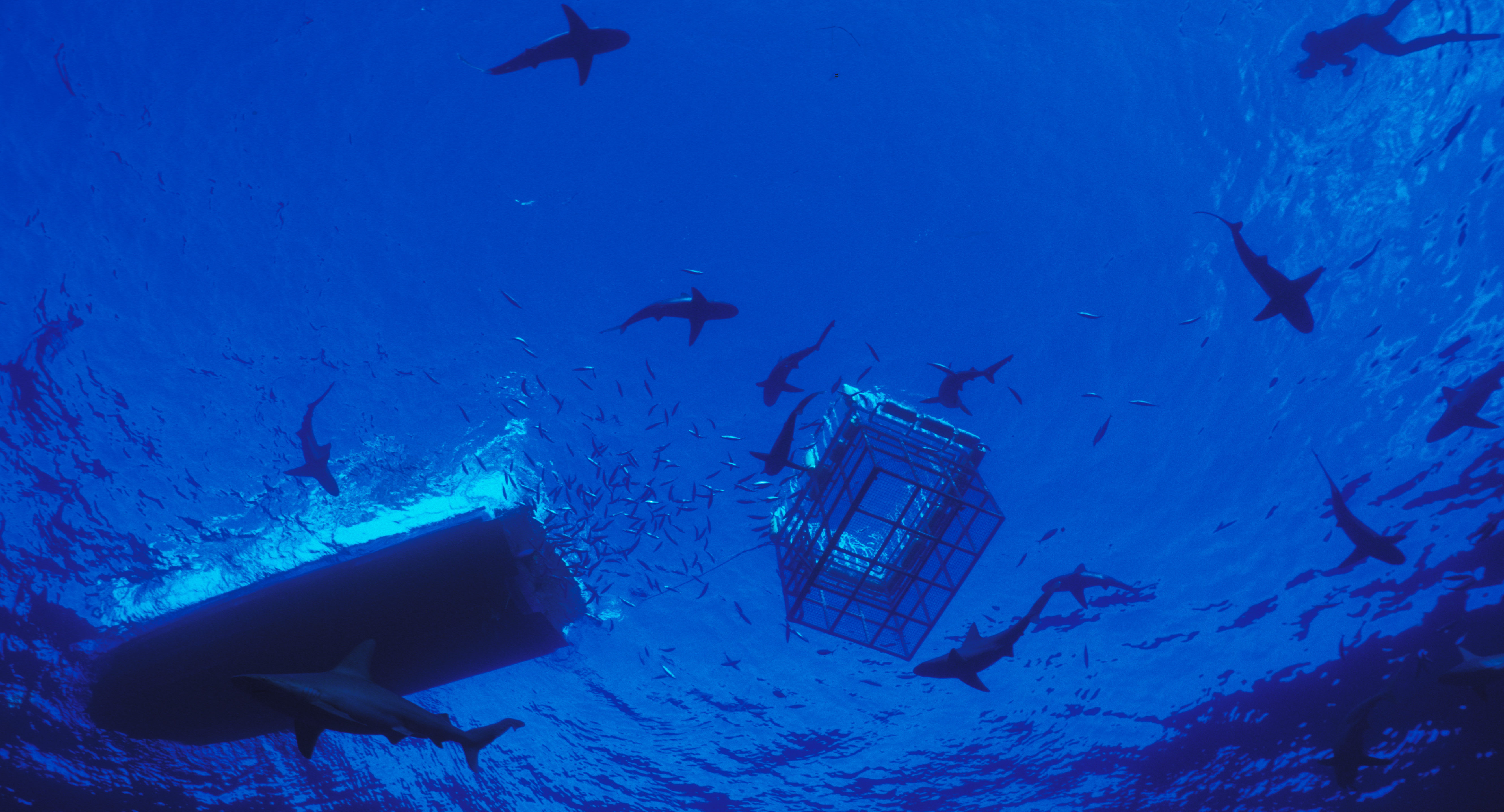
What you can expect
Guest take a 30 minute ride on the Kainani three miles offshore from Haleiwa to where the sharks are. The shark cage hovers just below the surface. All guests must be strong enough to climb a ladder to get in and out of the cage. The diving cage has poly-glass window. The sharks are naturally very curious, they’ll come over to the cage to get a better look at you. Passionate staff educate all guests on why sharks are essential to our oceans. They also help people understand what factors are putting sharks at risk and what people can do about it.
Swiming in a Shark cage dispels fears around sharks
It seems as though Hollywood, youtube users, and the news capitalize on the widespread fear of sharks. The content they produce seems to drive fear in deeper. This team hopes to bring people out of this mentality by replacing fears with the facts of reality. Steve Jordan, a manager at Hawaii Shark Encounters said, “We don’t really need to have a cage.” He said it makes it easier for people to get in and out of the water and it helps people feel safer.
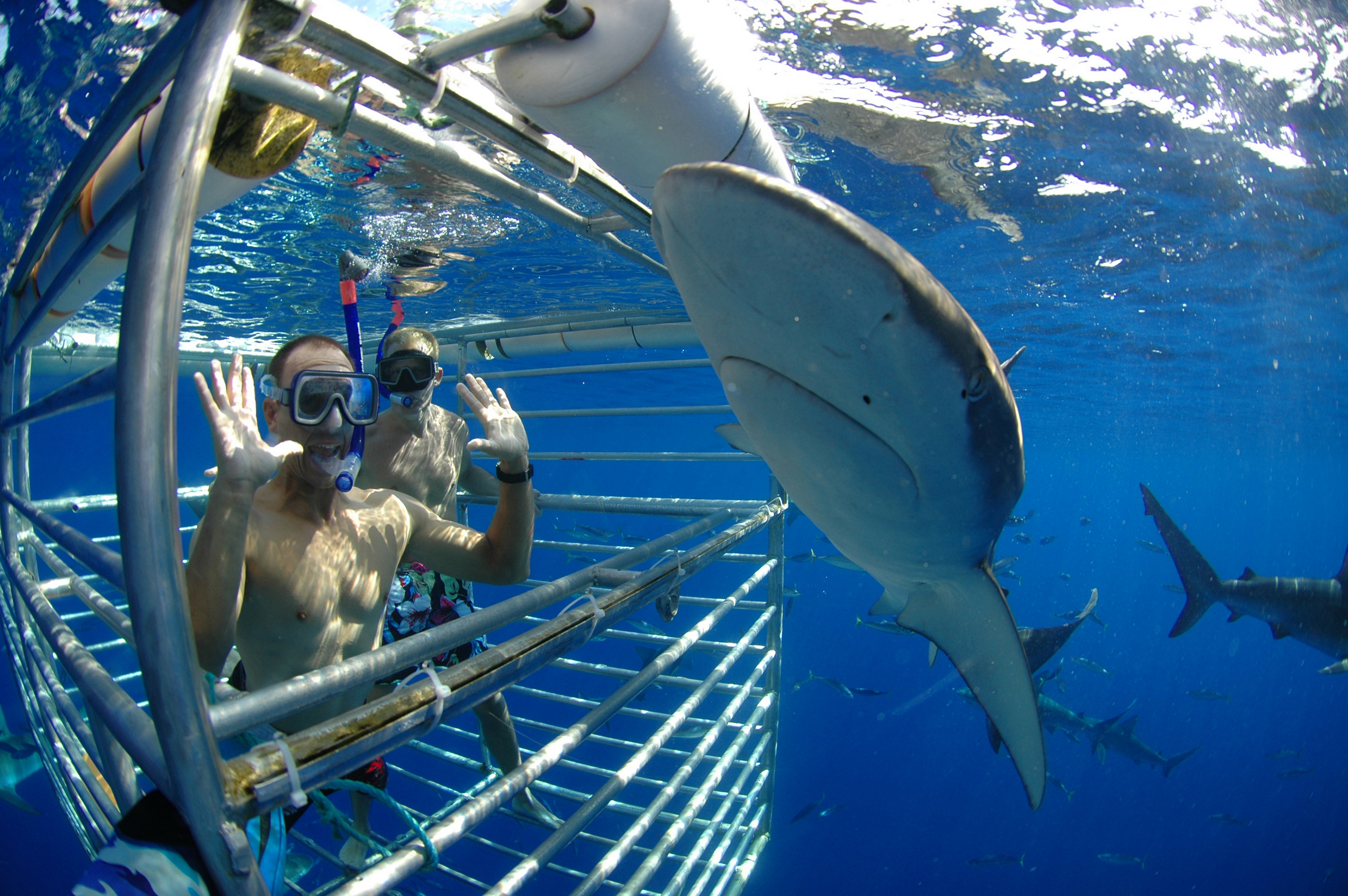
The news doesn’t cover non-shark-attack based stories when people don’t get attacked by sharks. It’s not newsworthy. According to the documentary Sharkwater, sharks do a pretty good job not mistaking humans for food considering how similar our silhouettes are to their prey’s. Sharks are curious, that is why they come up to the cage, but Jordan said their diet consists of fish, turtles, and anything sick or dead. Swimming with sharks seems to turn fears into fascination. Jordan Rowley, said on a TripAdvisor review, “The sharks are not scary and the whole experience is so incredible.”
“Sharks are essential in the ocean because they keep it clean. They’re like the liver of the ocean. They eat the sick, dead, and unhealthy.”
What are putting sharks at risk?
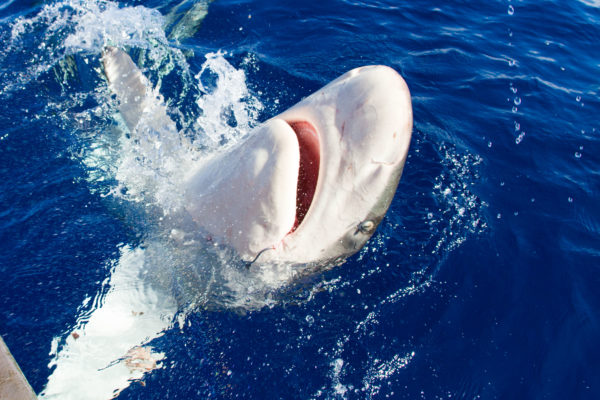
Overfishing to satisfy the demand for shark fin soup, and overfishing shark’s main food sources are the biggest pressure points. Jordan said, “sharks really aren’t that hard to catch. “Fifty to sixty years ago …there were 90% more sharks on the planet.” According to greenpeace.org, longline fishing kills millions of sharks annually. Long line fishing lines up to 150 km long. Individual lines with hooks are placed at regular intervals along the main line. One line can have up to 3000 hooks. Buoys keep them afloat. These lines kill seabirds, turtles, sharks, and many types of fish. You can see a hook near the right side of this shark’s mouth.
Shark conservation in Hawaii
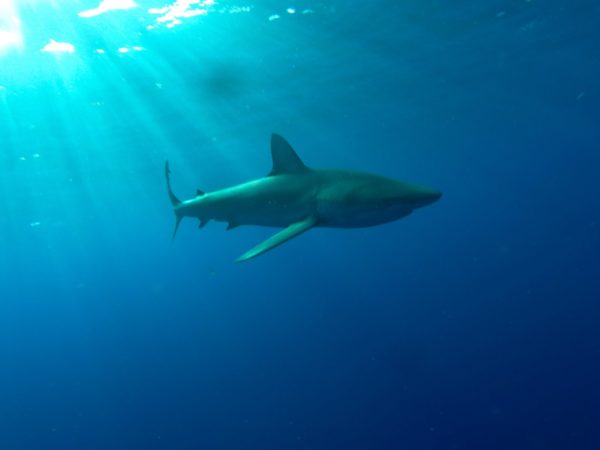 Fortunately for Hawaii, the native culture regards sharks as their Aaumakua and that means they are a part of their ancestry family. They don’t hunt them, they hold them in respect. Jordan said “Catching and selling shark parts is illegal in Hawaii.”
Fortunately for Hawaii, the native culture regards sharks as their Aaumakua and that means they are a part of their ancestry family. They don’t hunt them, they hold them in respect. Jordan said “Catching and selling shark parts is illegal in Hawaii.”
I was snorkeling around keiki’s beach in the fall of 2017. There was a group of fishermen on shore that had friends paddling their lines out on kayaks. I didn’t think much of it at the time. On our way back in I saw a dead shark on the sandy ocean floor. The current pushed the shark gently back and forth. Why was there a dead shark so close to the beach? It didn’t look like it had wounds of any kind from what I saw. I wondered if it was somehow connected to the fishermen. Jordan said when people catch sharks, they can become too exhausted to survive even if the fishermen releases them back into the ocean. “Sharks need to move to breathe. If they are too tired or injured to move, they will in effect drown.”
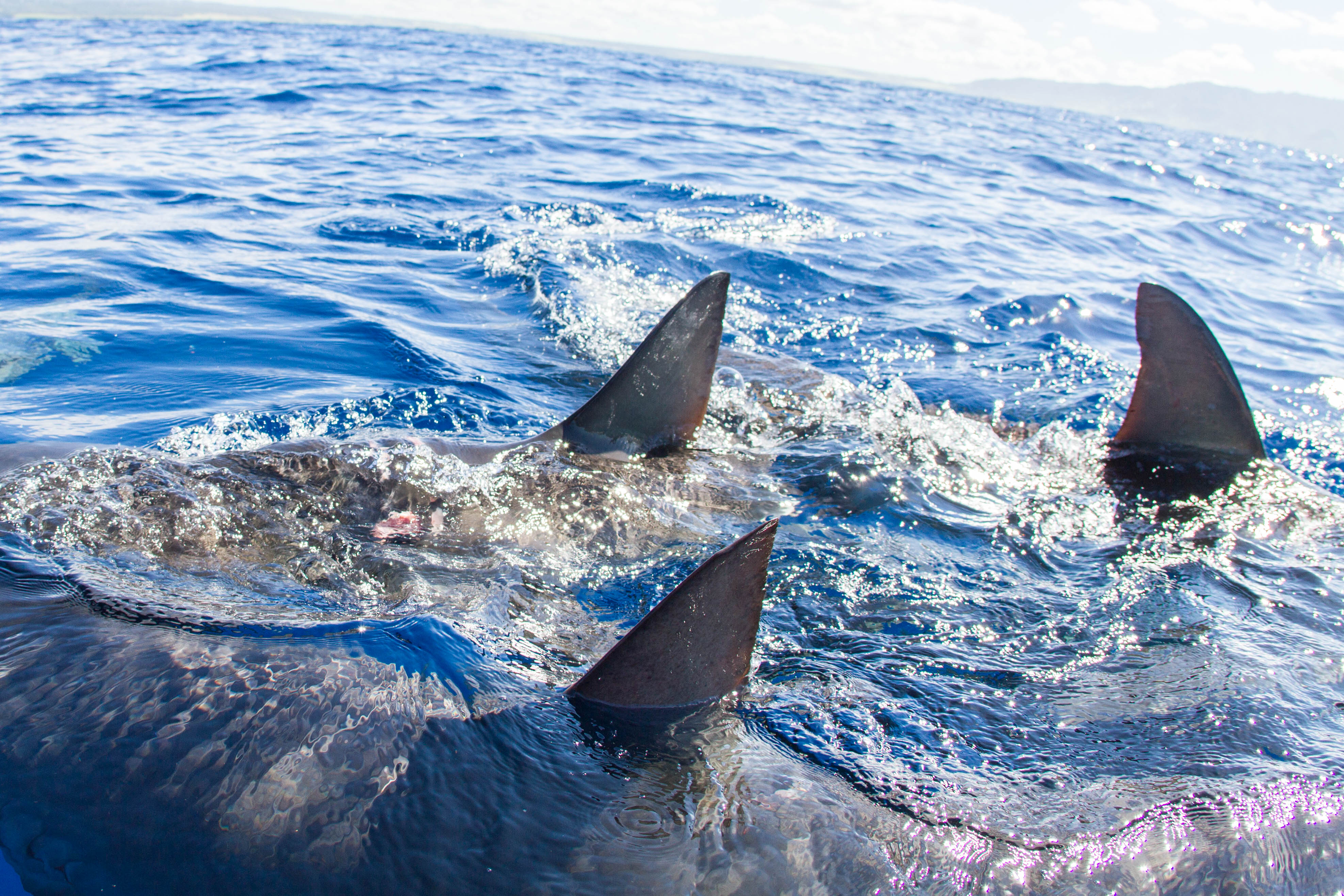
A surf instructor on the south shore told me a similar story of several dead sharks washed onshore near a fishing spot. Even though fishermen might not be intentionally catching sharks, it still harms them.
My experience with sharks
I came face to face with sharks for the first time in winter of 2017. There were a couple reef sharks hiding out underneath a reef shelf at midday. I remember attempting to freedive down to see them. My heart rate was too high and I had to calm myself at the surface before getting to them. I dove down, made it to the sandy bottom, and my eyes had to take a moment to adjust. They really are just bigger fish who have this unfair connotation of fear attached to them. It was so serene to be in their realm with them. I could sense they weren’t out to get anyone.